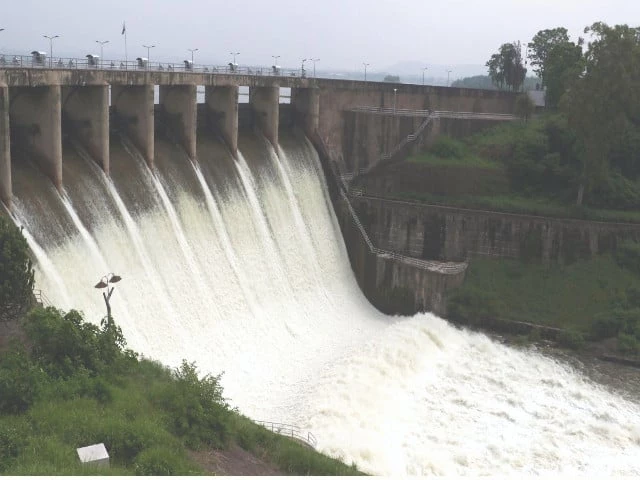Islamabad:
Delivering clean water to the public is no less than a challenge for the federal and provincial governments. The citizens of Rawalpindi and Islamabad are forced to drink dirty and contaminated water.
The lack of clean drinking water has enabled the tanker’s mafia to rob people for the essential of a life. At the same time, water bills have also been increased by CDARDA and Cantonment Boards. In any case, it is known that the water found in the twin towns through the various sources is contaminated. According to a report, the water in Rawal Dam is dirty and contaminated to the extent harmful to human health.
Contaminated water is a danger not only to humans but also to animals and plants. According to an estimate, 85 percent of Pakistan’s population is deprived of clean drinking water. Whether it is wiring water in homes, pipe wells, filtration systems or bottled water, the most accessible sources are dangerous to health.
Water is also contaminated due to the combination of underground sewer lines and clean dry pipes. At the same time, Pakistan’s rivers, canals, canals, rivers, lakes and lakes also become more and more toxic as modern industries contribute to contaminating them. Due to the lack of clean water and a proper drainage system in Pakistan, diseases are increased. Every year, hundreds of people become a victim of typhoid, cholera, diarrhea, hepatitis A and E due to drinking contaminated water.
According to a conservative estimate, one and a half percent of the country’s economy is currently spending on the treatment of waterborne diseases in hospitals. Along with beneficial elements such as calcium, salts, minerals, fluorine and iron, water also contains harmful elements such as arsenic. In the modern world, water testing is needed to detect the presence of beneficial and harmful elements before it is too late, but this is not the case here.
The World Bank places Pakistan third on the list of countries around the world facing water shortages. UNDP and Pakistan Council for Water Resources Resources predict that Pakistan will face water buttonness in 2028. Researchers also say that if the situation remains the same and no steps are taken, Pakistan will be the most water-carce country in South Asia in 2040. This data and research have been repeatedly highlighted. In 2016, the Pakistani Council for Water Resources research had said in its report that Pakistan had reached the water voltage line in 1990 and crossed the Water Button Line in 2005.
Several reasons are given by water buttonness in Pakistan. The Pakistani Council for Water Resources research has cited rapid population growth, lack of water storage and arbitrary use of groundwater as among them. Pakistan has an average water storage capacity of nine percent in three large dams, while the worldwide average is 40 percent.



